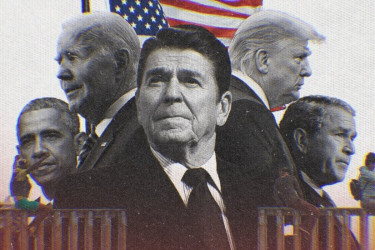As educators, we see how new limits on immigration threaten the movement of both people and ideas. We seek to imagine how universities and scholars can participate in the burgeoning movement to build sanctuary for affected immigrants and Americans. The Sanctuary Syllabus emerges in this context.
This course introduces readers to the intellectual and social histories that have given life to today’s sanctuary movement. Movements for “sanctuary” can trace their roots back to the stowaway houses and escape routes of the abolitionist movement. They are most associated, however, with efforts to protect Latin American refugees fleeing US-sponsored Cold War violence in the 1980s. Religious leaders along the southern US border established their houses of worship as sanctuaries and coordinated routes for transporting individuals between them. These sanctuaries provided shelter, material goods, publicity, and legal advice.
Today, sanctuary states, cities, congregations, and campuses work to protect their residents, students, and neighbors from detention and deportation by Immigration and Customs Enforcement (ICE), to keep families together, to develop systems of community support for immigrants seeking refuge, and more broadly to maintain communities in which immigrants, people of color, and people of all religious faiths can safely live, work, and study.
Our syllabus asks readers to cross borders; we’ve placed the analytical alongside the artistic, the practical alongside the inspiring. Readings in the first section, “Why Sanctuary?,” explain the historical and structural causes of immigration, migration, and displacement in the US and globally. In the second section, “Who Needs Sanctuary?,” we explore the regulation of citizenship, and its effects on undocumented citizens as well as racially, religiously, and sexually marginalized groups. Finally, the syllabus offers resources and strategies for studying, organizing, and creating sanctuary. Many of the weekly themes take their titles from political calls to action. We offer the syllabus to be used as a dynamic tool, one that students, educators, activists, and those who simply want to know more can shape to the needs of their communities.


















